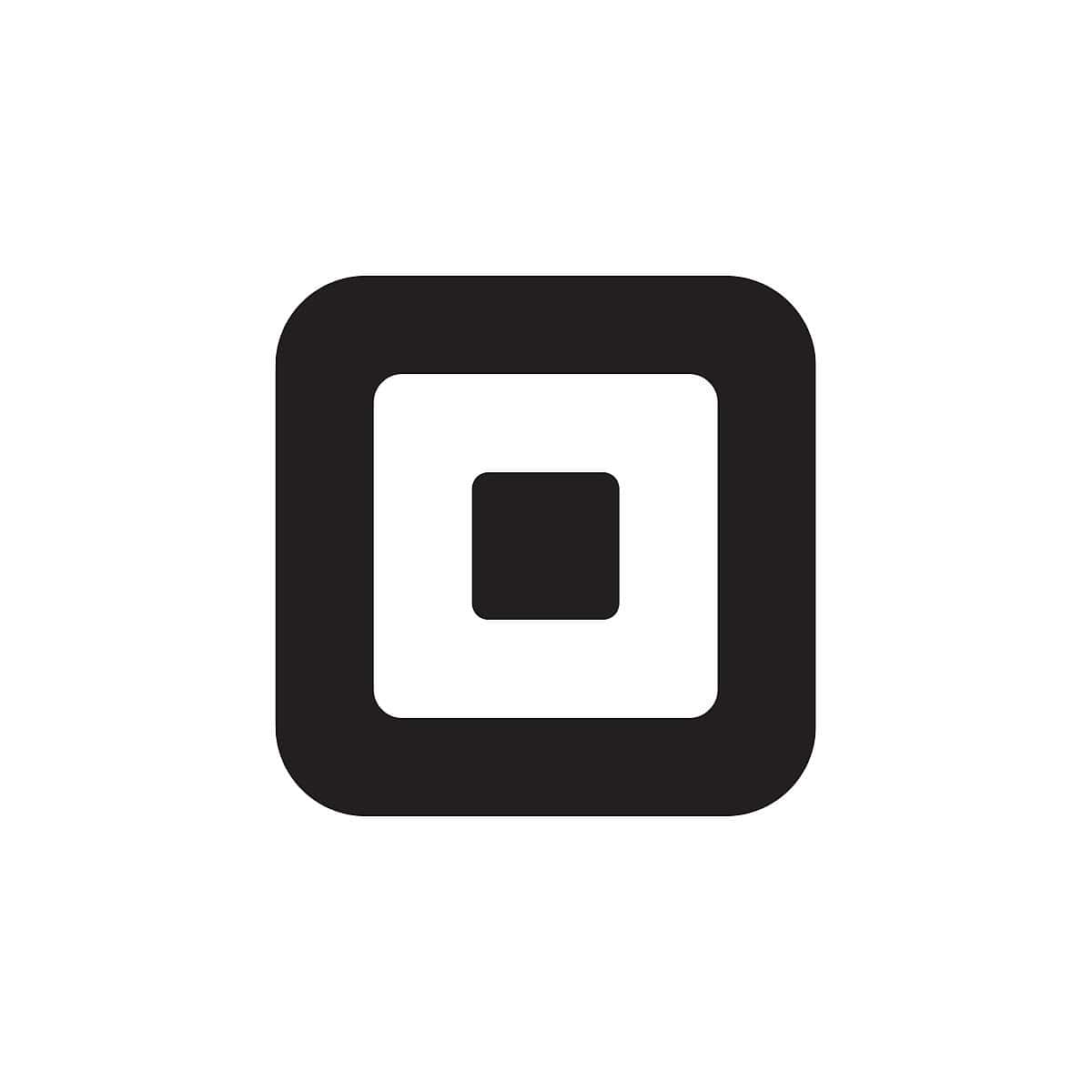If you don’t want to go through the trouble of figuring out the best POS system, getting invoicing software, or having to use your personal technology to accept payments, you could simply choose not to accept card payments.
Cash-only businesses are not unheard of, and many customers know that smaller businesses or farms that sell at the markets they frequent don’t accept cards. The quaint environment at farmers’ markets is often a big draw for customers, and paying for products in cash can be part of that experience.
Despite the cash culture that may be present, many farmers’ markets are also prepared for customers who only have cards on them, allowing them to purchase tokens that can be used to buy products from vendors. At the end of the day, these tokens can be redeemed with the market so the vendor gets their earnings. It’s a nifty way to ensure that you won’t be excluding any potential customers by choosing what forms of payment you will or won’t accept.
You can also, of course, handle cash yourself outright. You’ll just want to make sure you have a cash box with a lock or other security measure of some kind, small bills and coins to make change for customers, and some sort of paper to write down a receipt if a customer requests one.
If you have no brick-and-mortar storefront, receipts with your social media or website information are crucial to make sure repeat customers can find you again to repurchase their favorite products!













